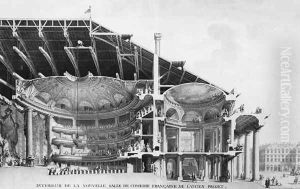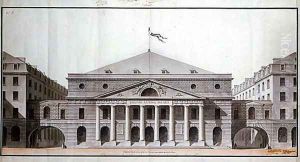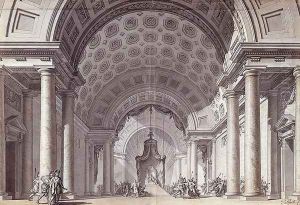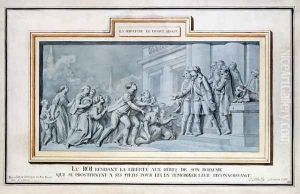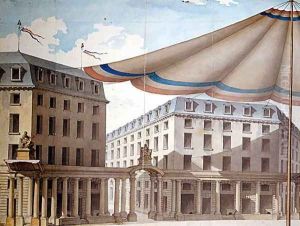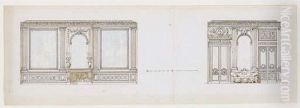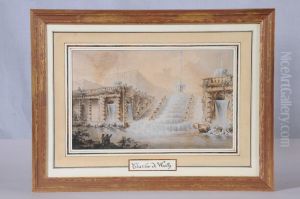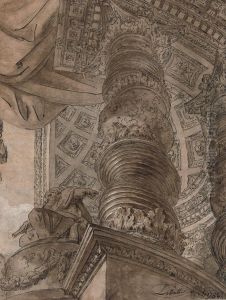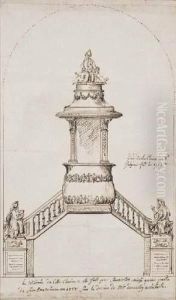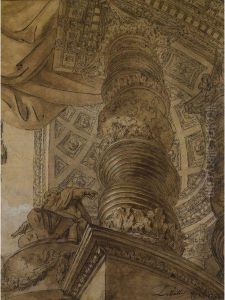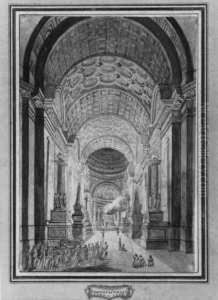Charles de Wailly Paintings
Charles de Wailly was a prominent French architect and urban planner, whose career flourished during the late 18th century, a period marked by the transition from Rococo to Neoclassicism in European art and architecture. Born on November 9, 1730, in Paris, France, de Wailly was part of a generation of architects who were instrumental in introducing and popularizing the Neoclassical style, which sought to revive the principles and aesthetics of ancient Greek and Roman architecture.
De Wailly received his initial training from his father, who was also an architect, before enrolling at the Académie Royale d'Architecture. His talents were recognized early on, and he won the prestigious Prix de Rome in 1752, which allowed him to study in Rome at the French Academy. This experience had a profound influence on his architectural style, as he deeply immersed himself in the study of ancient architecture and the works of Italian Renaissance masters.
Upon his return to France, de Wailly quickly established himself as a leading architect. He was involved in a wide range of projects, including private residences, public buildings, and urban planning schemes. Among his most notable works are the Théâtre de l'Odéon in Paris, which he co-designed with Marie-Joseph Peyre, and the Château de Montmusard. His design philosophy was characterized by a harmonious blend of functionality and aesthetic beauty, with a strong emphasis on symmetry, proportion, and the use of classical elements.
De Wailly also made significant contributions to urban planning in Paris. He was involved in the planning of the Place de la Concorde and the layout of the Champs-Élysées, projects that aimed to transform Paris into a modern capital that reflected the enlightenment ideals of order, clarity, and beauty.
Despite his success, the French Revolution brought challenges to de Wailly's career, as the political and social upheavals of the era affected the patronage and scope of architectural projects. Nevertheless, he continued to work and adapt to the changing times until his death on November 2, 1798, in Paris.
Charles de Wailly's legacy endures through his contributions to the Neoclassical movement and the enduring beauty of his architectural works, which continue to be admired for their elegance and innovation. His career reflects the broader artistic and intellectual currents of his time, making him a key figure in the history of 18th-century European architecture.
